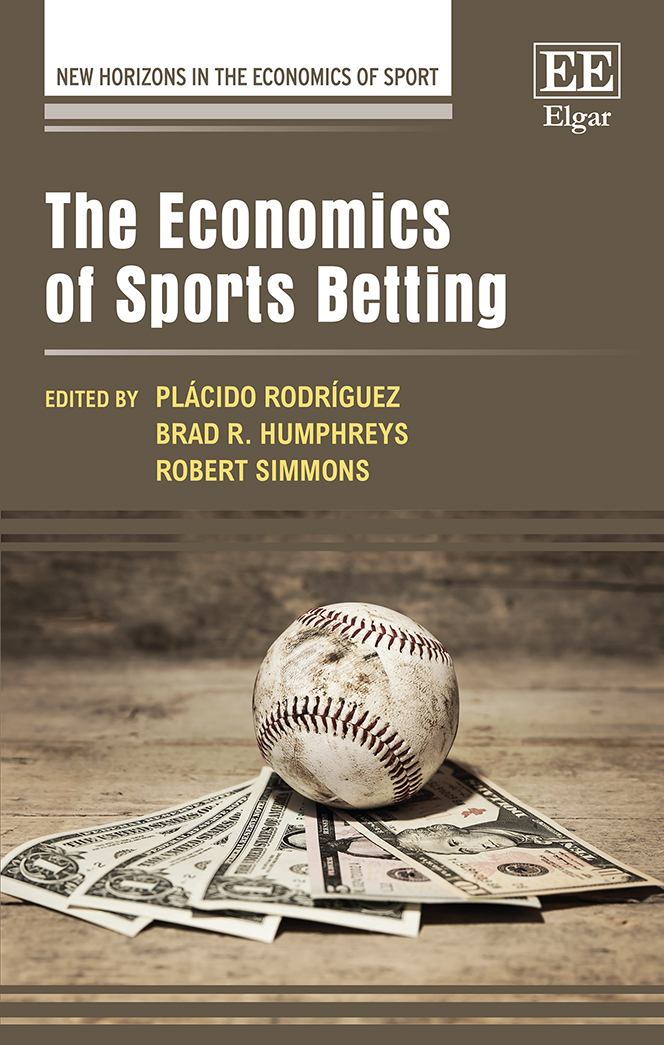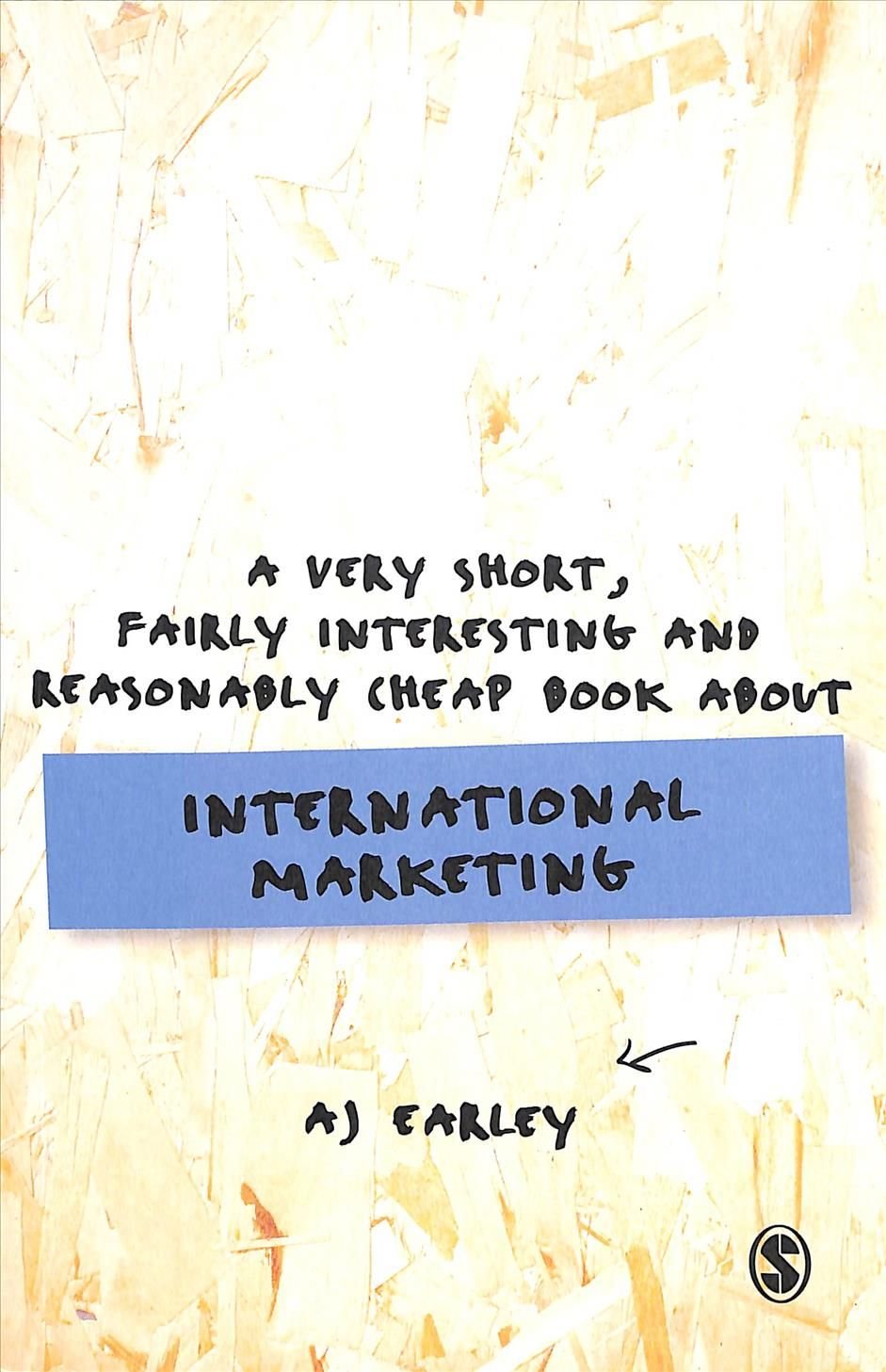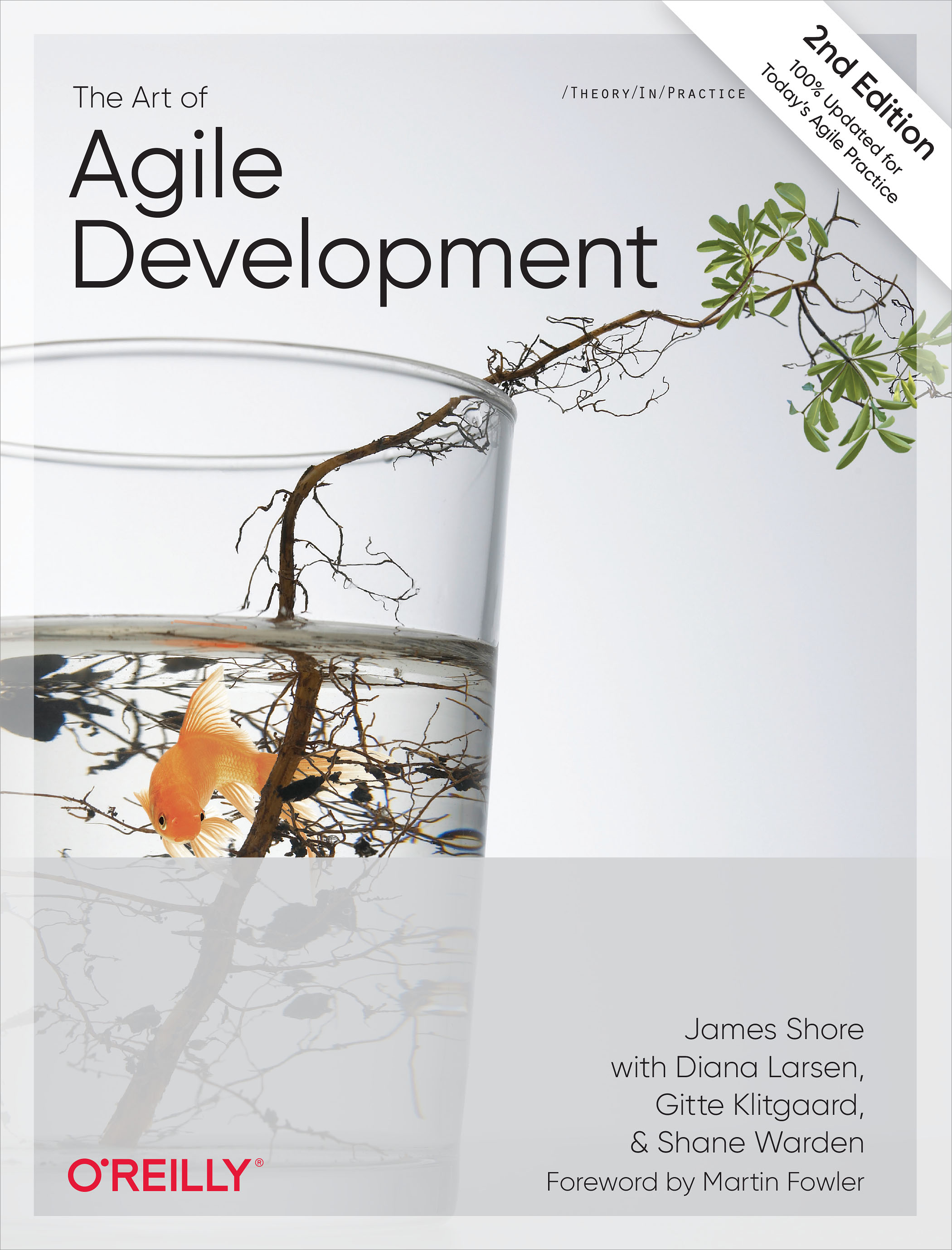“While the state-preference approach is perhaps more general than the meanÂ- variance approach and provides an elegant framework for investigating theoÂ- retical issues, it is unfortunately difficult to give it empirical content. " I The state of the art in asset pricing has substantially changed over the past years. While the seminal CAPM represents an equilibrium model derived under rather restrictive assumptions on preferences or return distributions and places a lot of emphasis on the efficiency of a somehow arbitrary market portfolio, subsequent models were much less restrictive with respect to the underlying economic strucÂ- ture. For example, the arbitrage pricing theory maintains the linear relationship between risk and return simply by assuming the absence of arbitrage profits. While empirically more tractable than the CAPM, the main drawback of arbitrage pricing models is that they do not provide much insight into the economic and dynamic nature of risk premia. The “conditional” CAPM provides an elegant econometric framework to characterize how changing economic conditions deÂ- termine the variability of multiple risk premia. However, this framework still reÂ- quires some rather ad-hoc assumptions about the economic nature of the pricing kernel. An ingenious next step in asset pricing modeling was therefore to revert the question to be addressed. Instead of placing strong restrictions on distribuÂ- tions and preferences, observed returns are used to derive restrictions which must be imposed on the stochastic properties of the pricing kernel. A simple Euler-type equation is typically used to characterize that approach.












